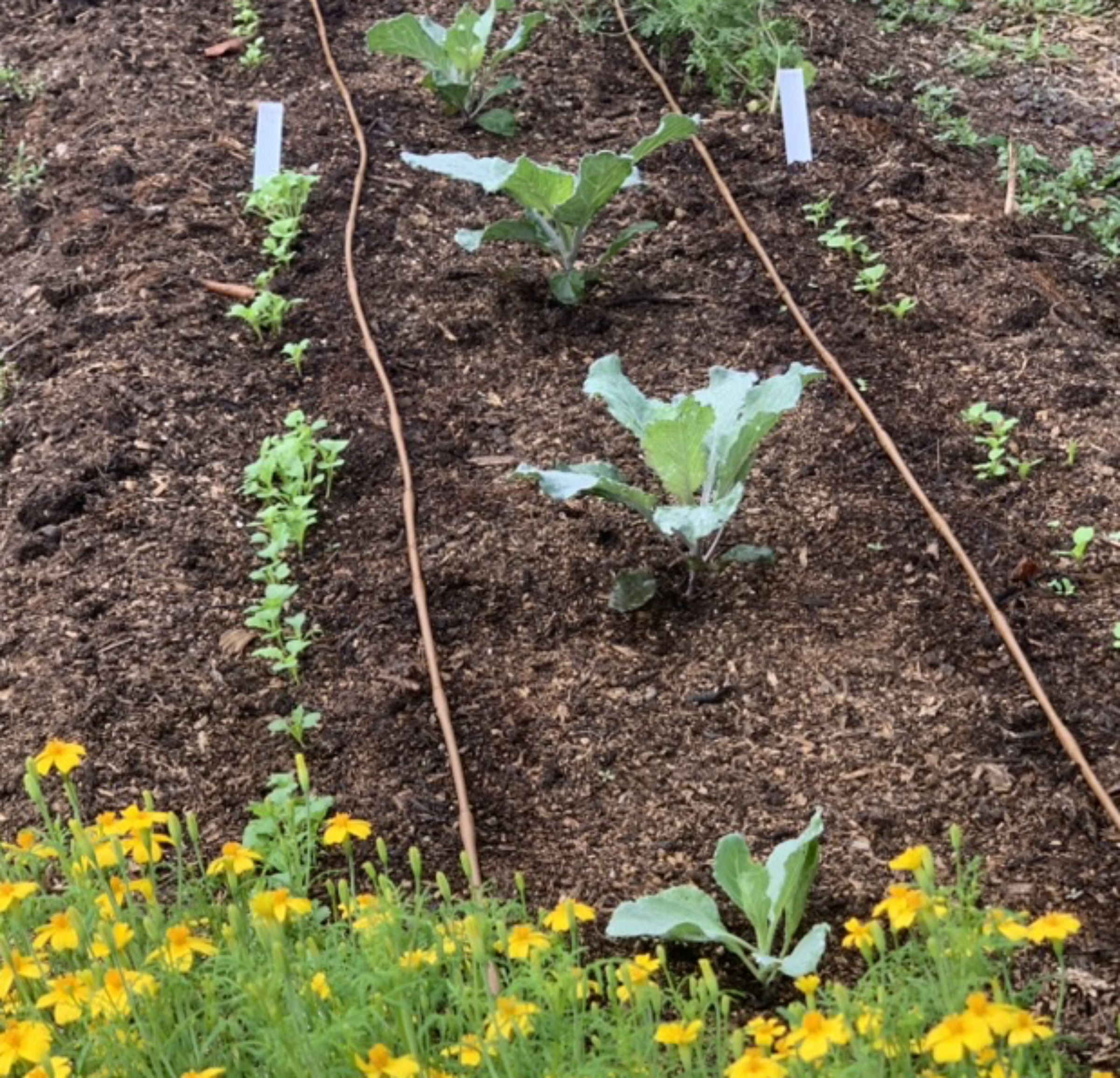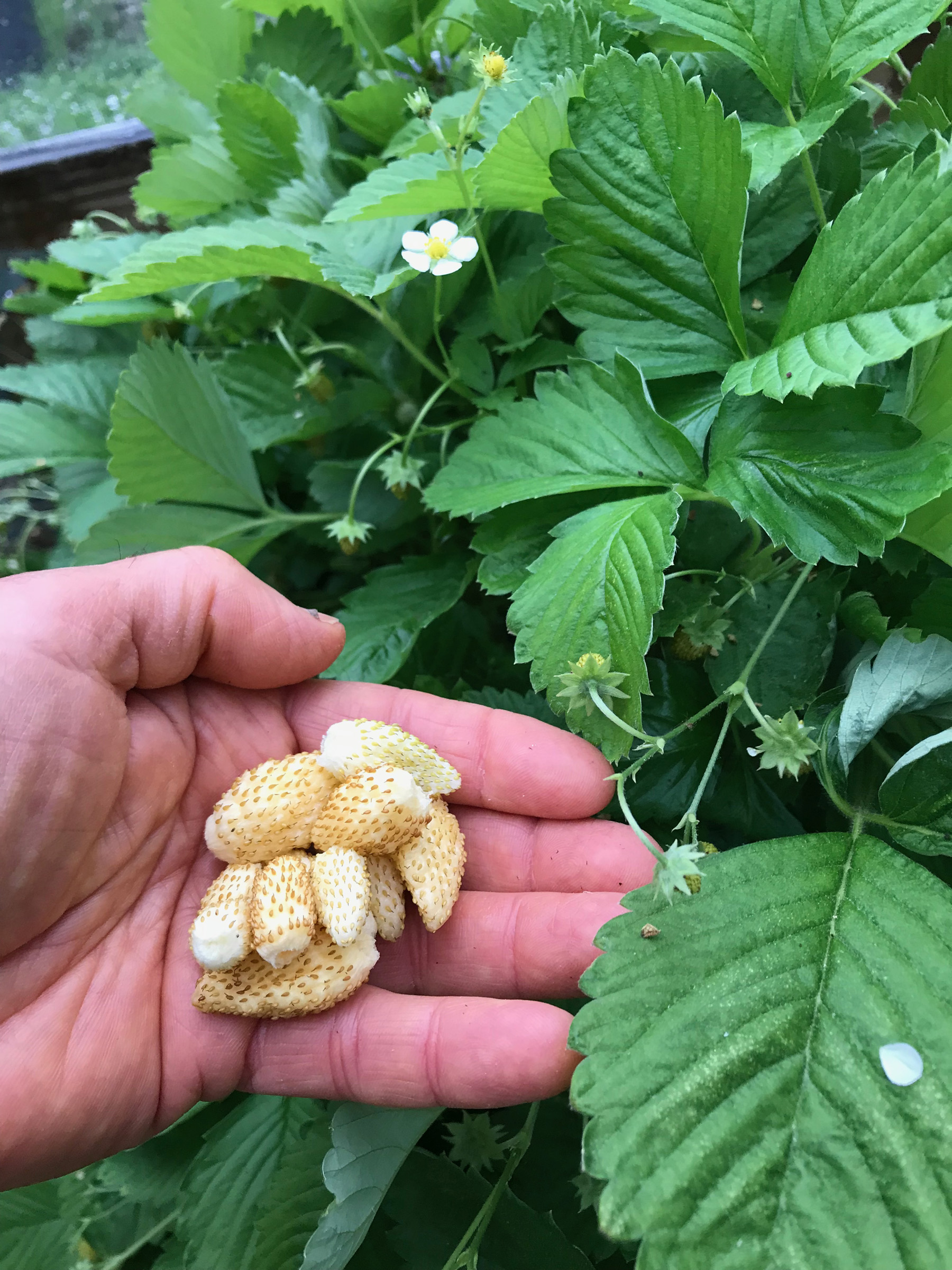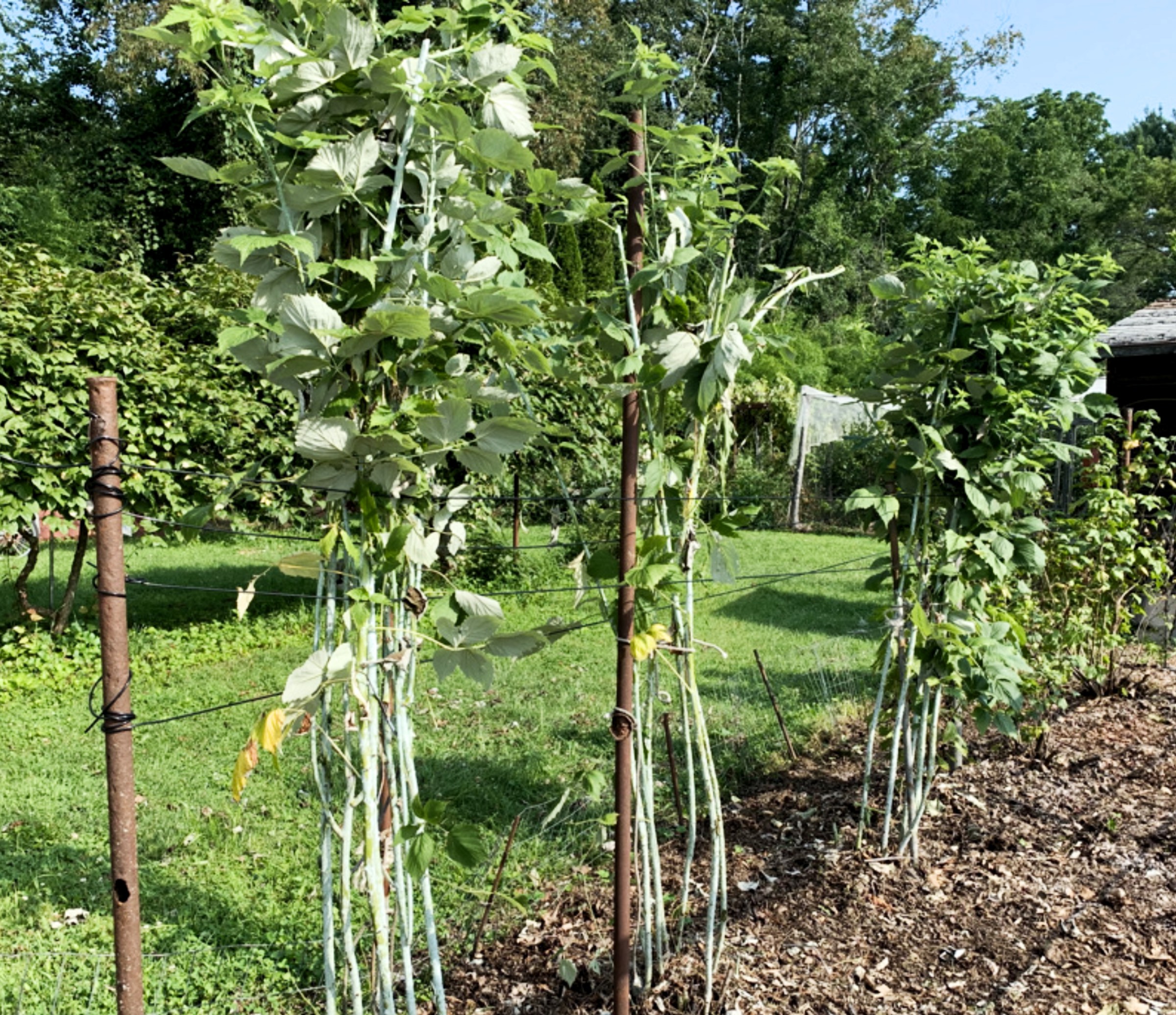THE “W” WORD
/5 Comments/in Gardening/by Lee ReichOnward!
I don’t want to sound like a scolding parent, but have you been paying attention to your garden? Late summer weather may not inspire any more gardening activity than reaching — among the weeds, perhaps? — for a juicy tomato. But onward: There is work to be done!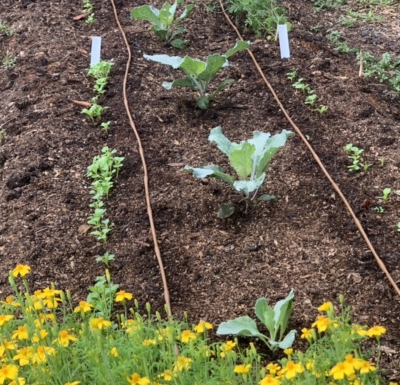
About those weeds. Wait! Don’t close your eyes and stop reading (like a reprimanded child) just because I mentioned weeds. Please hear me out.
Weeds, left now to their own devices, are going to become worse troublemakers later. Annual weeds like lamb’s-quarters and purslane are dropping their seeds, sowing them for next spring. You presumably killed all perennial weeds with this season’s enthusiastic beginnings, but the roots of young perennial weeds are trying to find a home. Autumn’s cool, moist weather is just what horse nettle, bindweed, yellow and creeping woodsorrel, and other perennial weeds need to become firmly entrenched in your garden. Read more
RIPE FOR THE PICKING, BUT WHEN?
/10 Comments/in Fruit/by Lee ReichSubtle Messaging
I grow a kind of strawberry — the white alpine strawberry (Fragaria vesca) — whose flavor, when it is fully ripe, is an ambrosial melding of strawberry and pineapple. But if it’s even slightly underripe, it tastes like cotton soaked in lemon juice. How do I know when to pick a white strawberry? One way is with my nose, by the delectable aroma of a fully ripe fruit. The seeds also darken when the fruit is ripe.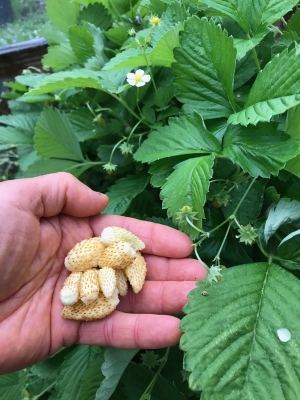
Other types of fruits have their own ways of signaling when they are ripe, and to taste at their best, they must also be harvested at just the right moment. Many people mistakenly believe that any fruit can be picked underripe, then ripened on a kitchen counter. Softening does occur, and perhaps some changes in color and sweetness, but, with few exceptions, fruit picked underripe is no match for fruit fully ripened on the plant. That softening and sweetening is more akin to incipient rot than ripening. Read more
TWO BLACK BRAMBLES
/4 Comments/in Fruit, Pruning/by Lee ReichGood Stuff
What an unexpected treat this year. Black brambles galore. I choose my words carefully.
Over twenty years ago I grew blackberries, the variety Chester because it was the most cold-hardy variety of the thornless varieties, available at the time. 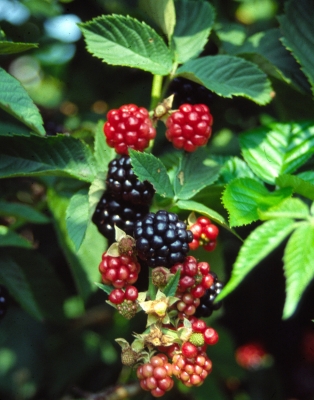 I finally gave up on Chester because winter cold would snuff out many of its canes down to ground level. If I remember correctly, surviving canes bore fruit that was too late in the season to ripen fully or in sufficient quantity. Read more
I finally gave up on Chester because winter cold would snuff out many of its canes down to ground level. If I remember correctly, surviving canes bore fruit that was too late in the season to ripen fully or in sufficient quantity. Read more

